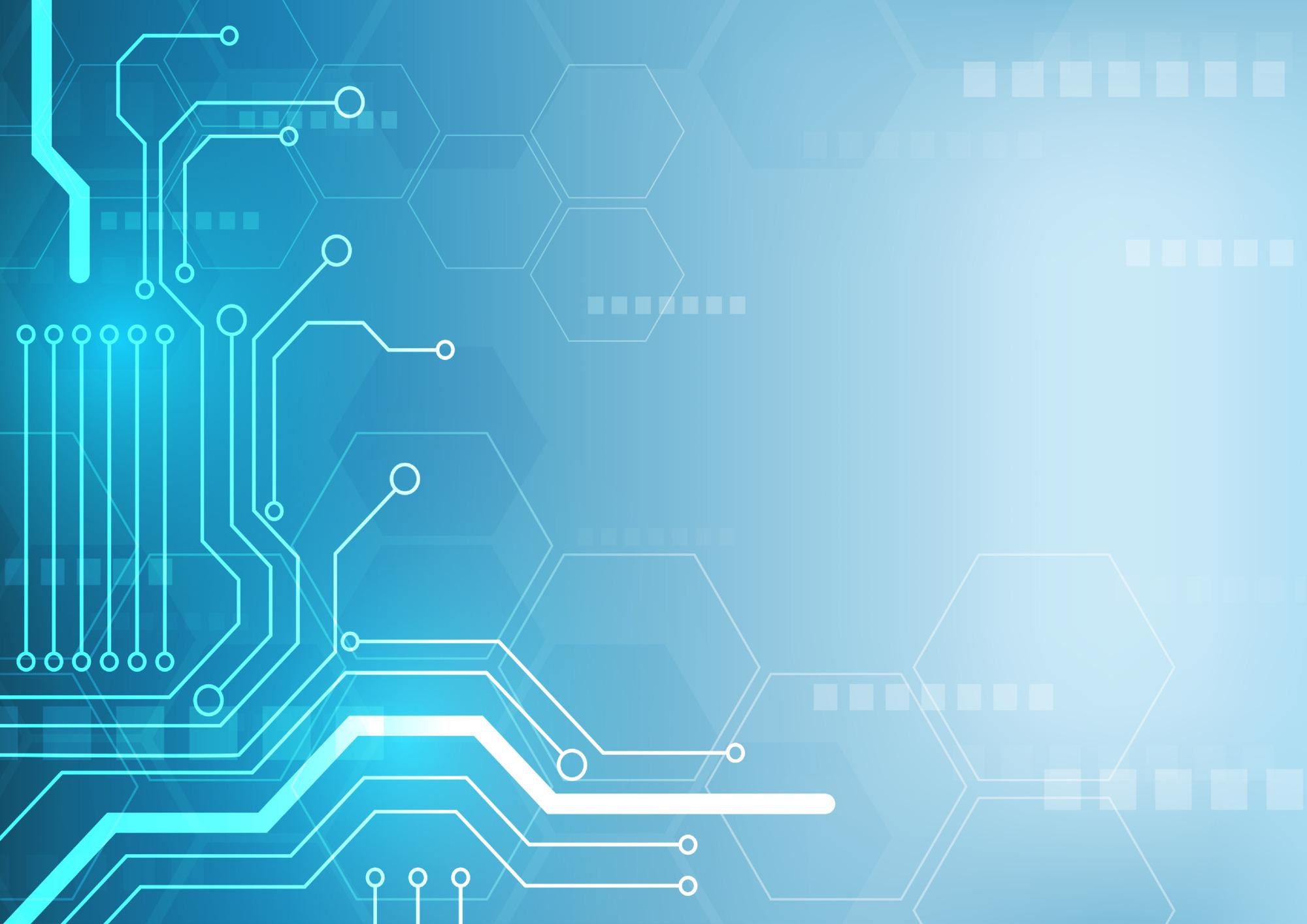A novel approach to synthesizing self-healing hydrogels and soft strain sensors is presented in the study available as a pre-proof in the journal Carbohydrate Polymers.

Study: A 3D printable dynamic nanocellulose/nanochitin self-healing hydrogel and soft strain sensor. Image Credit: Foryoui3/Shutterstock.com
The Emergence of Soft Electronics
Soft electronics (SEs) is a new technology that aims to enhance consumers’ standard of living via wearable monitoring systems. This new technology is opening up new avenues for designing and engineering mechanically malleable, safe, and responsive electronic skins, soft robots, and human-machine interfaces (HMIs).
SEs, similar to all artificially crafted systems, are subject to unexpected and irreversible failure owing to physical loading and fracture. On the other hand, many biological processes have acquired the capacity to mend themselves following damage. A prime example is human skin, which holds the ability to regain its electromechanical capabilities after injury.
An Insight into Hydrogels
Hydrogels, which are also referred to as soft strain sensors, can mend themselves quicker than skin tissue while enduring real-world circumstances. These hydrogels are soft 3D crosslinked nanostructures that may act like solid objects at the macroscopic level while at the same time retaining a large quantity of biological fluid, thereby replicating the natural extra-cellular matrix.
Owing to their vast advantages, hydrogels are appropriate for large-scale utilization in biological applications, including the use in tissue engineering, drug administration, and electronic skin, but due to their liquid-like molecular structure, these gels often have inadequate mechanical qualities.
3D Printable Hydrogels
To render hydrogels printable and injectable, temporary crosslinks must be present within their structures. This presence of temporary crosslinks is essential as temporary crosslinks exhibit shear-thinning behavior, a property that cannot be associated with permanent crosslinks.
Temporary crosslinks may also confer dynamic behavior to these gels, such as self-recovering and self-healing, enabling them to restore their basic characteristics after injury, resulting in better durability.
Main Challenges and How to Address Them
Owing to the rapid molecular mobility associated with dynamic bonding, printing dynamic hydrogels in robust, uninterrupted, and shape-retention-based filament strands remains a difficulty.
Both chemical and physical linkages may be used to create hydrogels to provide dynamic characteristics. Yet, unlike physical connections, most dynamic bonds have non-autonomous self-healing capabilities. Nonetheless, imine synthesis is a promising approach for creating 3D printable and compatible self-healing hydrogels.
Aldehyde compounds in polysaccharides may be created via periodate oxidation to make an imine hydrogel. However, this oxidation reduces the weight of the molecule within the polymer matrix. As a consequence of this weight reduction, the hydrogels produced are fragile and unsuitable for practical use.
One way to deal with this dilemma and formulate a self-recovering hydrogel for practical human purposes is to minimize oxidation. Alternately, nano-strands with aldehyde groups may be introduced into an amine groups-based polymer matrix to enhance imine production.
A New Approach to Synthesize
In this study, the team first generated aldehyde groups in cellulose nano-strands (CNs). This was followed by the creation of a dynamic imine nano-polysaccharide-based hydrogel by combining carboxyl methyl chitosan (CMC), chitin nano-strands (ChNs), and previously oxidized cellulose nano-stands (OCNs).
As a direct consequence of the imine interactions between both the amino groups of ChNs and CMC and the aldehyde-based groups, it is expected that the resulting nanohybrid composite will exhibit dynamic response and superior mechanical characteristics, as well as an improvement in stability.
Important Findings of the Study
By combining the three separate dynamic bonds: hydrogen, imine, and catecholato-metal coordination bonds (CMCBs), the team created a 3D printable dynamic self-recovering hydrogel ideal for soft strain sensing purposes.
To accomplish this, CMC, OCNs, and ChNs were combined to create an imine hydrogel that contained two extra post-crosslinking stages.
The team noted that OCNs carrying aldehyde groups in amine-based polymers produced imine crosslinks while also imparting dynamic behavior and superior mechanical characteristics to the resulting hydrogel.
The gel also demonstrated exceptional self-healing, self-thinning, self-adhesiveness, conduction properties, and customizable morphological characteristics. These characteristics were also accompanied by consistent and distinct electrical flexibility and stability, allowing the measurement of real-time resistance at various bending angles.
The creation of a threefold dynamic system inside the hydrogel was responsible for the gel's exceptional self-healing and self-recovery under neutral circumstances and without the presence of external stimulation. In addition, the self-healing hydrogel demonstrated superior printability, biological compatibility, and strain sensing.
The team concluded that the 3D Printable hydrogels offer a lot of promise for designing and fabricating innovative, flexible strain sensing devices to be utilized in soft electronics.
Reference
Heidarian, P., Gharaie, S., Yousefi, H., Paulino, M., Kaynak, A., Varley, R., & Kouzani, A. (2022). A 3D printable dynamic nanocellulose/nanochitin self-healing hydrogel and soft strain sensor. Carbohydrate Polymers. Available at: https://doi.org/10.1016/j.carbpol.2022.119545
Disclaimer: The views expressed here are those of the author expressed in their private capacity and do not necessarily represent the views of AZoM.com Limited T/A AZoNetwork the owner and operator of this website. This disclaimer forms part of the Terms and conditions of use of this website.